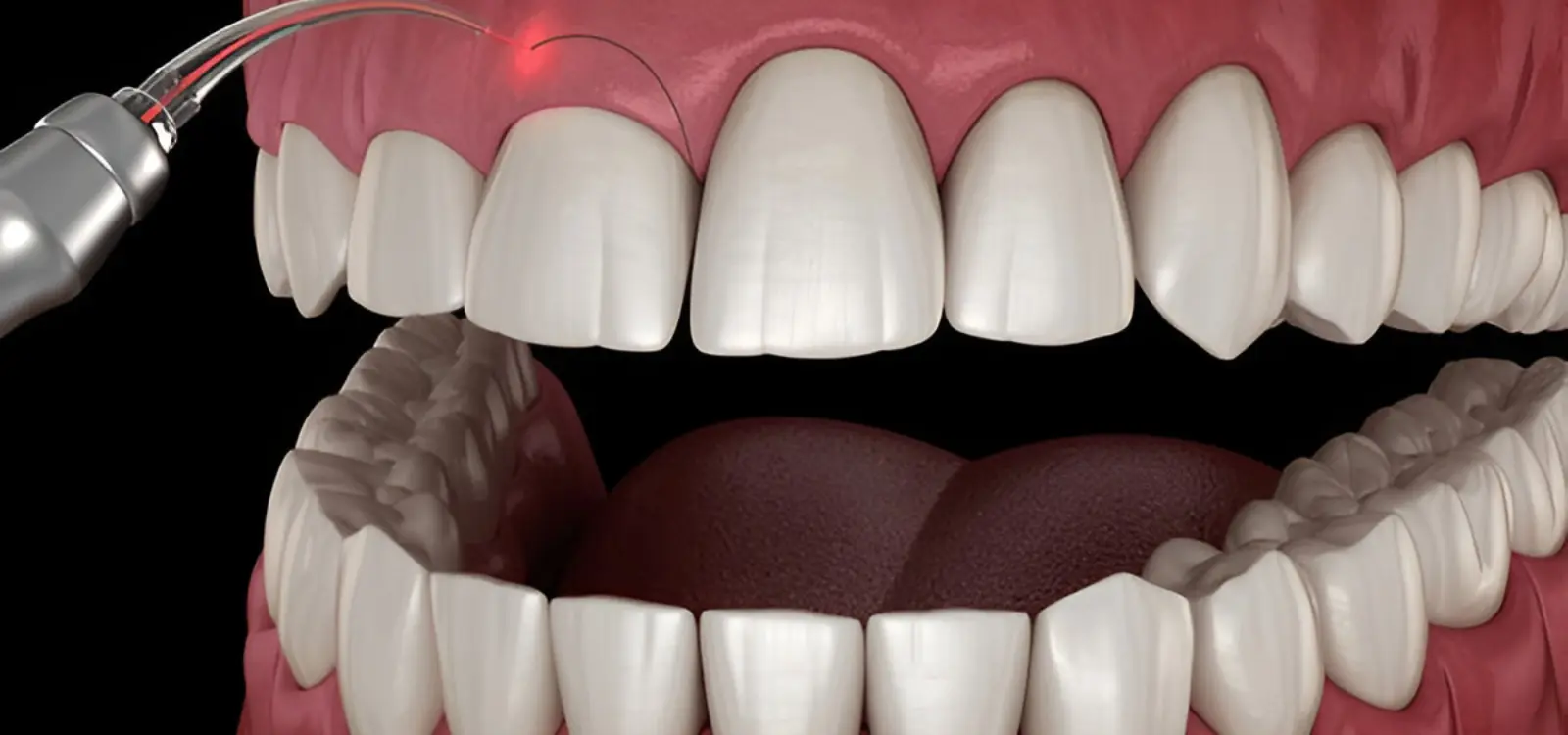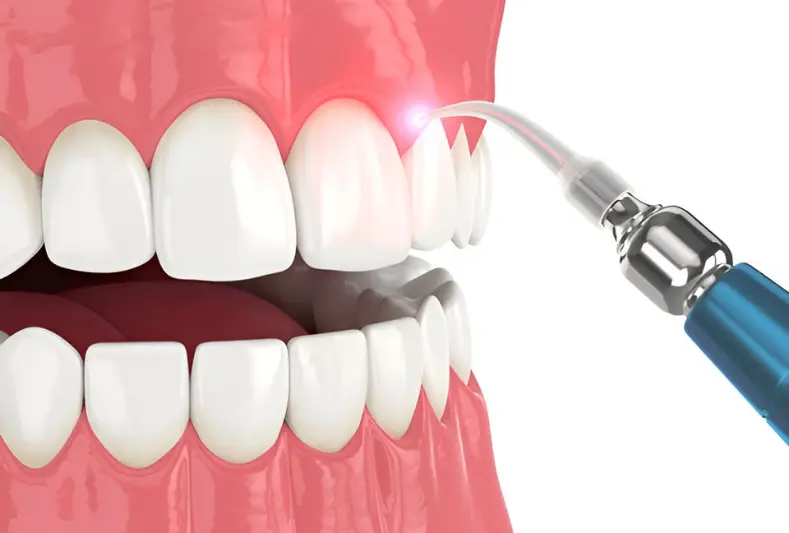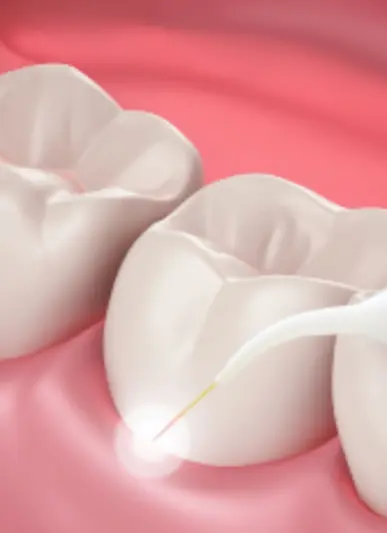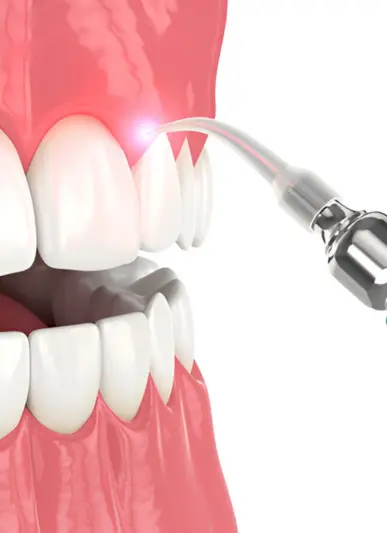LASER stands for Light Amplification by the Stimulated Emission of Radiation. The instrument creates light energy in a very narrow and focused beam. This narrow focused beam produces a reaction when it hits the tissue, allowing it to remove or shape the tissue.
Nowadays, a variety of dental diseases are treated with lasers in dentistry. Compared to drills or other non-laser instruments, it has provided a more comfortable treatment option for some dental operations involving tissues.


Preparation:
During the Procedure:
Post-Procedure Care and Recovery:
| Aspect | Traditional Methods | Laser Dentistry |
|---|---|---|
| Pain | Can cause discomfort due to vibrations; often requires anesthesia | Generally pain-free; fast and effective |
| Bleeding | More likely to cause bleeding during treatments | Promotes immediate blood clotting; minimal bleeding |
| Recovery | Slower tissue regeneration; wounds may take longer to heal | Faster tissue regeneration; quicker healing of minor wounds |
| Bacterial Infections | Takes time to resolve; may require multiple appointments | Sterilizes the infected area with heat; more accurate removal of infections |
| Anesthesia | Often required | Often unnecessary |
| Sutures | Frequently needed for soft tissue procedures | Decreased need with soft tissue lasers |
| Damage to Surrounding Tissues | More likely | Less damage to surrounding tissues |
| Swelling | More common | Negligible swelling in most cases |
| Sterilization | Standard sterilization methods | Laser sterilizes the area, lowering infection risk |
| Overall Patient Experience | Can be uncomfortable | Generally more comfortable |
| Versatility | Limited to specific tools for each procedure | One tool can perform a wide range of treatments |
Laser dentistry uses:
Laser dentistry usually hurts less than traditional methods. Patients often need less or no anesthesia.
It uses focused light beams to treat dental issues. Lasers can vaporize or shape tissue precisely
Laser dentistry can be better because it’s more precise, comfortable, and promotes faster healing. But traditional methods may still be needed sometimes. Whether laser dentistry is “better” depends on the specific procedure and the patient’s individual needs. It’s essential to consult with a dentist to determine the best treatment approach for your specific dental needs.
Laser dentistry works for all ages, including kids.


I had my old silver fillings replaced with tooth-colored ones at Mr. Dentist. The difference is amazing! They look so natural, and I’m no longer self-conscious about smiling.

Dental Patient
Mr. Dentist made me feel comfortable throughout the entire process. The tooth-colored filling feels and looks just like a real tooth. Great experience and excellent care!

Restorative Care Patient
Of Patients Prefer Tooth-Colored Fillings Over Traditional Silver Ones